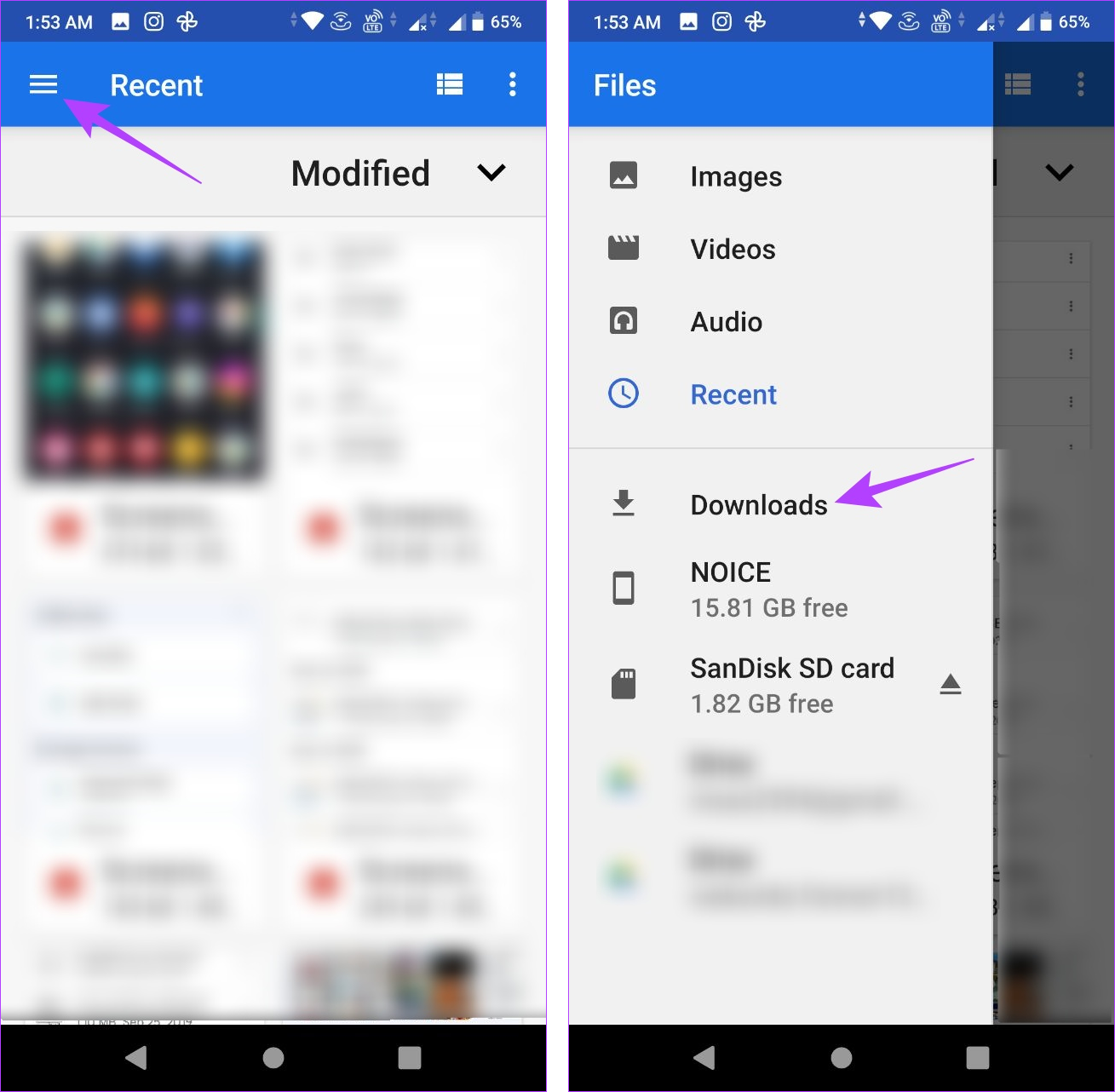Top latest Five downloads for android apps Urban news
Top latest Five downloads for android apps Urban news
Blog Article
Finding downloaded and install data on your Android device can be a challenge. Effortlessly, your phone can promptly come to be jumbled with photos, videos, screenshots, and various other data. To maximize space on your tool, it's vital to keep an eye on where your downloads are conserved. This way, you can easily recognize and erase unnecessary documents.

This overview shows you how to situate an crucial file that disappeared and just how to organize your Downloads folder. Here's just how to discover downloads on your device, whether you make use of among the very best Google Pixel phones or another Android smart device.
Find your downloads with the default documents manager
Every phone manufacturer may provide a one-of-a-kind pre-installed Android application for arranging files, yet your use ought to be equivalent. If you have a Samsung gadget, you can consult our overview on locating downloads on your Samsung Galaxy phone.
Just like various other prominent operating systems, Android has a marked Downloads folder for keeping documents. To locate your downloaded and install files on your gadget, comply with these actions:
1. Open the Documents or My Documents app from the home screen or application cabinet.
2. Search for a area called Downloads.
3. Touch it to see the data you downloaded and install.
Utilize the Data by Google app for your downloads
A number of Android documents manager apps on the Google Play Store permit you to situate your downloaded data. Data by Google is among the most effective options if you don't wish to take care of difficult UIs. It's also a good replacement for any type of default documents manager app preinstalled on your gadget.
4. Open the Files application.
5. Select the Browse tab at the bottom.
6. Faucet Downloads.
7. Select the Download and install tab to see the data in that folder.
Situate your downloads manually
Browse to your phone's inner storage if you can't discover the storage place of the Downloads folder on the homepage of your documents manager app. Here's how you do it:
1. Open up the Data app.
2. Select the Browse tab at the bottom.
3. Scroll down and go to Inner storage space.
4. download phone app for tablet Touch the Download and install folder.
Move your downloads to another area
Transferring files out of the for different reasons, particularly for files that hold delicate or individual information. Putting such data in their assigned folder enhances their security and decreases the risk of unintentional removal. In addition, it aids avoid them from being lost among the multitude of unrelated files you may download.
1. Open the Files app.
2. Navigate to your Download folder.
3. Tap the three-dot menu to the right of any file.
4. Choose the Move to option.
5. Tap Internal storage at the bottom.
6. Select any location or folder.
7. Tap Move here to transfer the file to that location.
Additionally, you can utilize the Copy to feature and transfer these files to a different location. This enables you to create numerous copies without deleting the original files from your Download folder.
View the exact location of your downloadsM/b >
You may want to see the location of the Download folder for various reasons from time to time. Tap the three-dot menu next to one of your downloaded files and go to File info. The/ storage/emulated/0/ Download path is the default for many modern Android devices. Some third-party web browsers might save files to a different folder, but this should be the location for most downloads.
Managing your downloads is easier than you think
Google's Files app is a great option if you prefer simplicity in a file manager. It has a clean UI and easy-to-use features. The app neatly organizes your documents by file types like downloads, images, videos, and audio. It also offers to clear junk files.
When it comes to organizing and cleaning, you can create extra storage room by mastering the removal of unnecessary WhatsApp media files. On select Android devices, you have the option to add an SD card if storage space remains limited.
Report this page